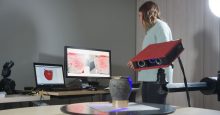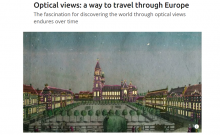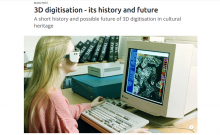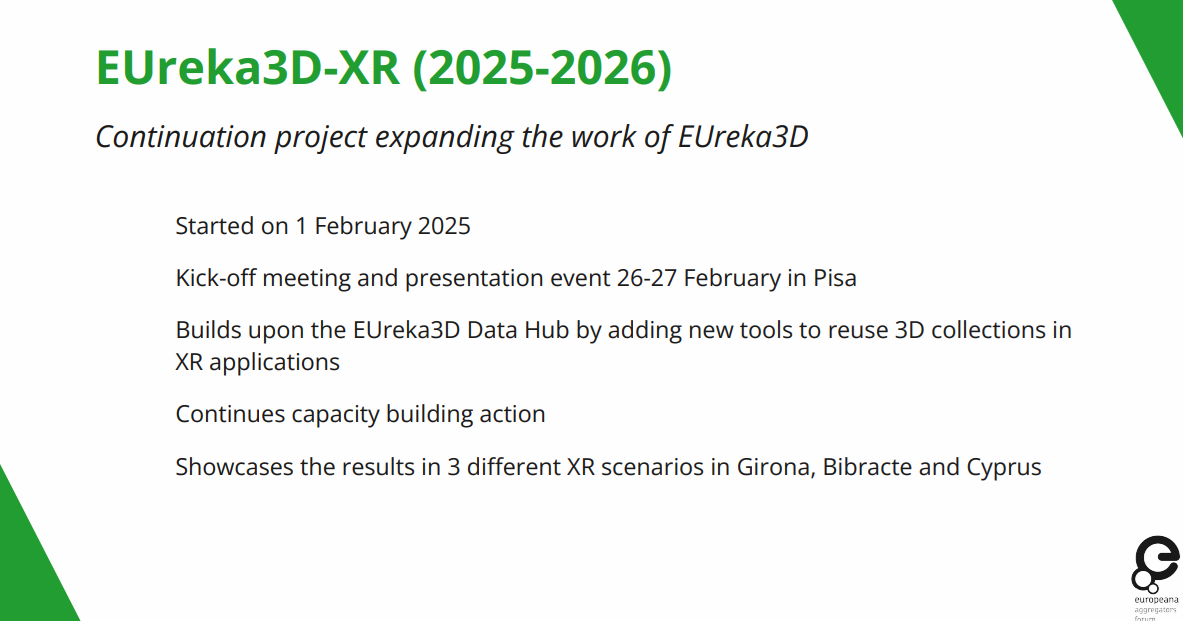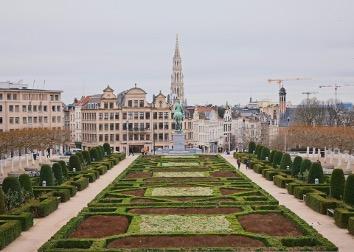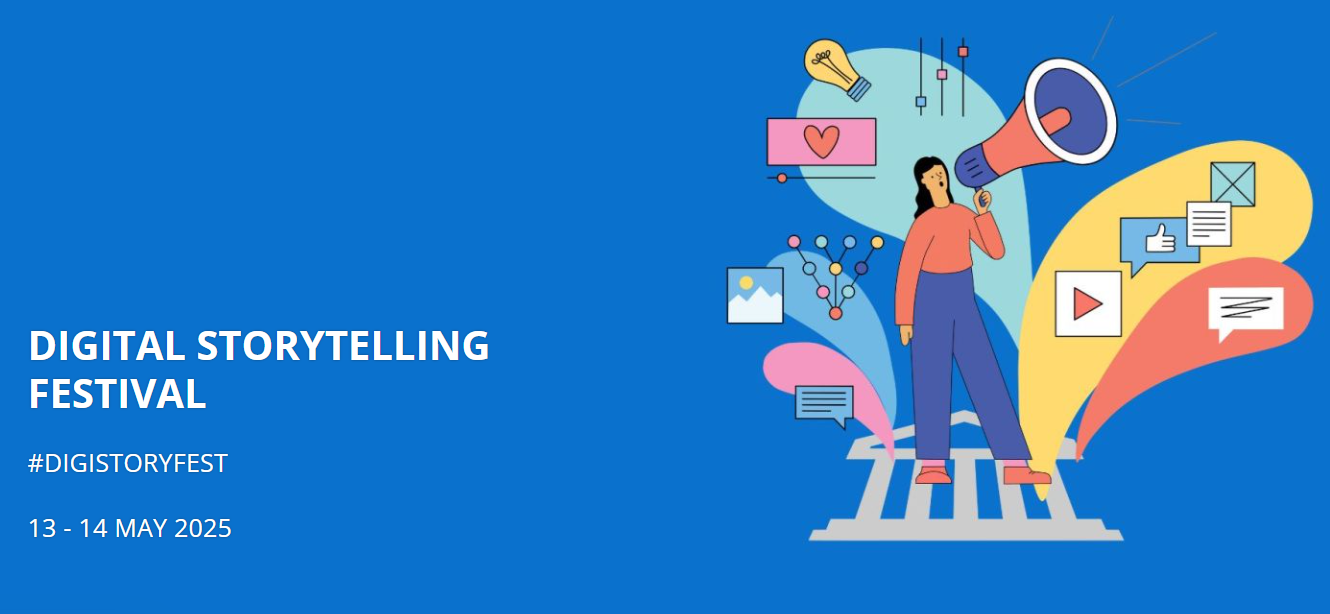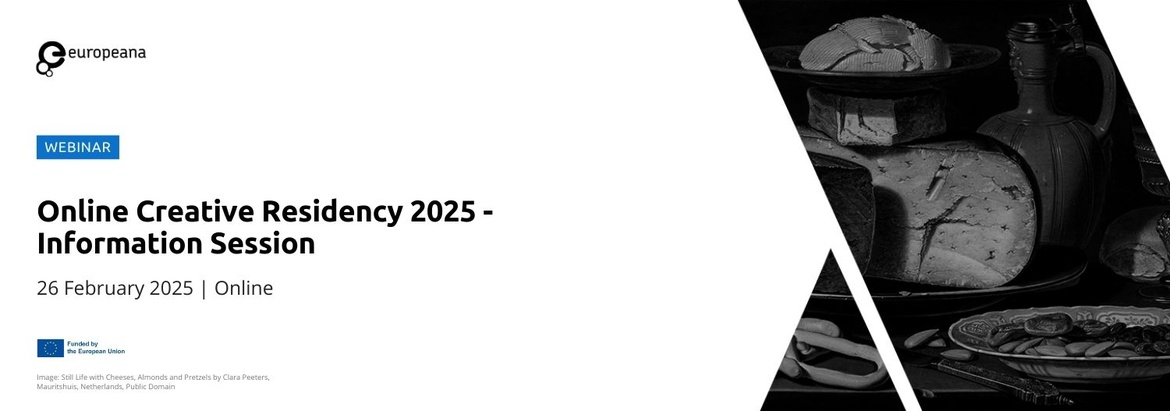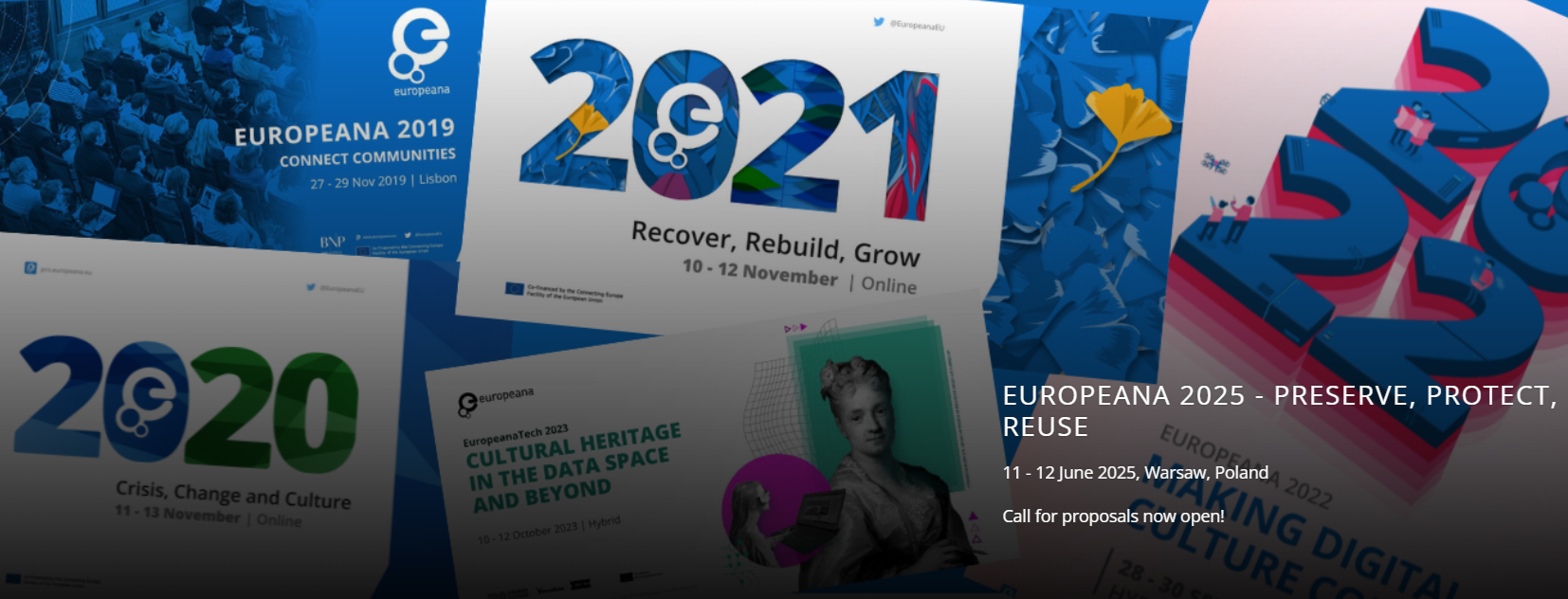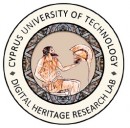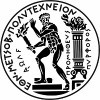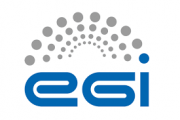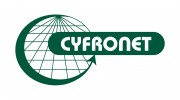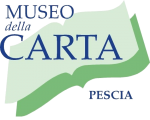The Digital European Programme-funded project EUreka3D has ended at the close of 2024. The two-year project developed innovative technology, learning resources, and practices to support 3D cultural collections, also shared in the common European data space for cultural heritage.
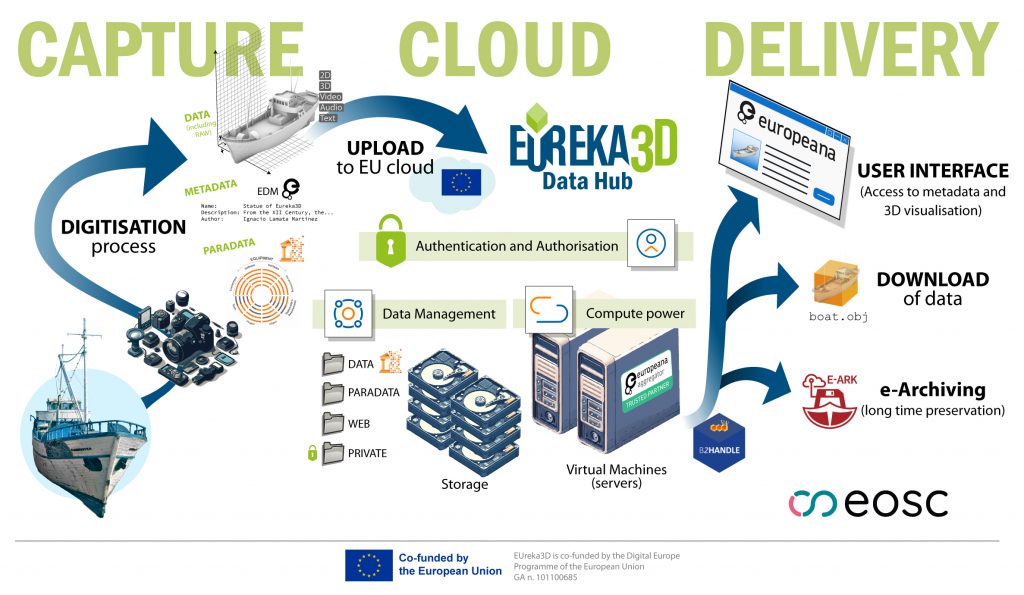
As an outcome of the project, the Springer open access book 3D Research Challenges in Cultural Heritage V – Paradata, Metadata and Data in Digitisation was published following the successful webinar in two parts organized in April and May 2024.
Access the book here: https://link.springer.com/book/10.1007/978-3-031-78590-0
This open access book presents a collection of papers focussing on 3D digitisation in the domain of cultural heritage. The use of data acquisition technologies in digitising cultural heritage holds great potential for preserving and disseminating the history of mankind.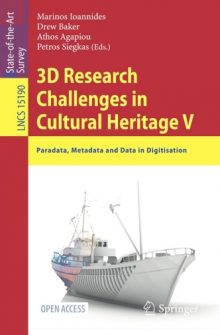 However, to exploit these opportunities in full, comprehensive guidelines for documenting the process of digitisation are required. Only then can the efficiency and credibility of digital representations be assured.
However, to exploit these opportunities in full, comprehensive guidelines for documenting the process of digitisation are required. Only then can the efficiency and credibility of digital representations be assured.
A major focus of the 16 papers included in this State-of-the-Art Survey is on all aspects of the documentation of the digitisation process, i.e., the paradata, which, alongside the metadata, is critical to the scientific rigour, replicability and sustainability of digital heritage resources. The volume provides a useful resource for computer scientists, surveyors, archaeologists, architects, museologists and engineers.



